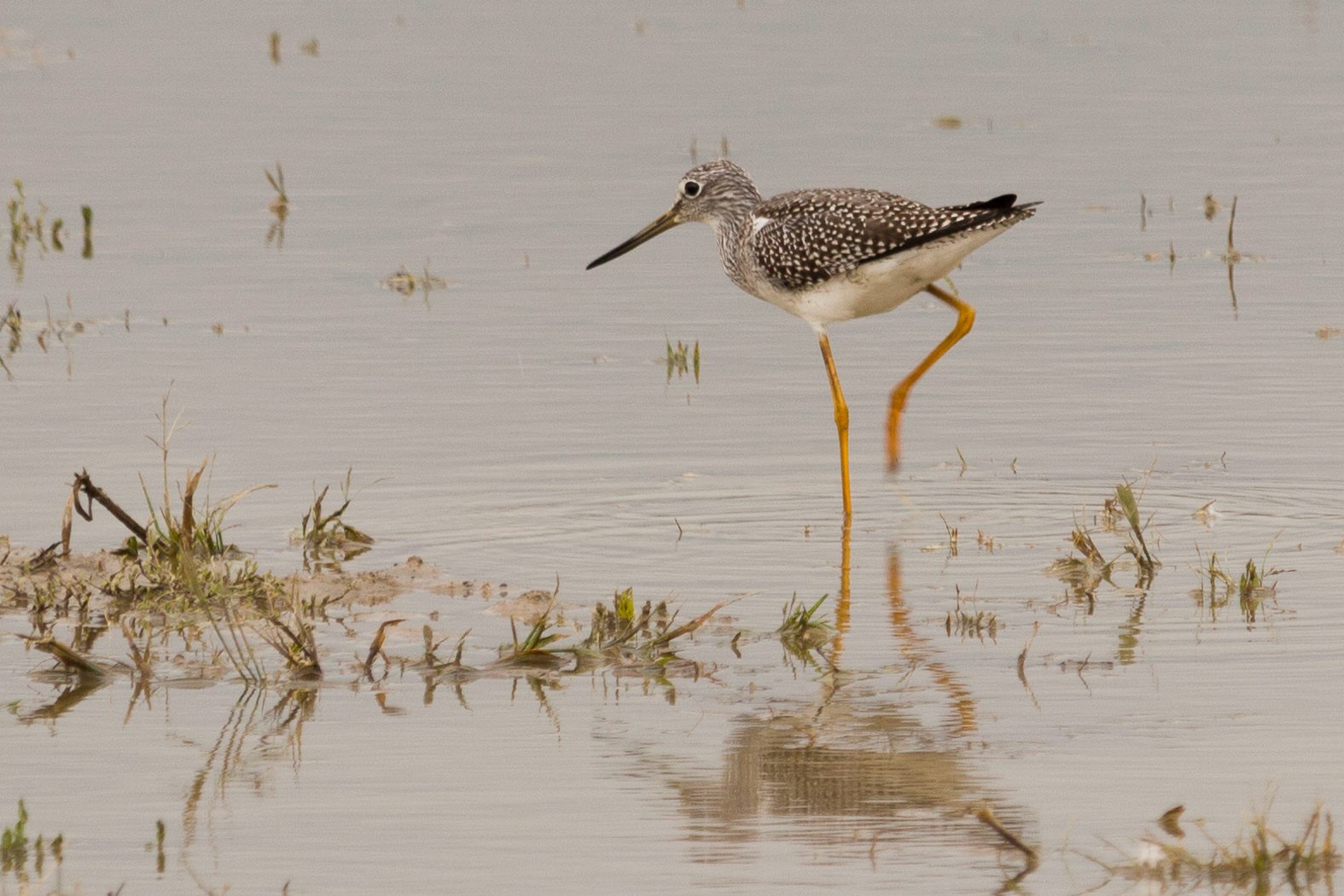Wetland Restoration Project, Shreve Facility



The Hyponex Corporation, a subsidiary of the Scotts Miracle-Gro Company, operates a soil-excavation facility near Shreve, Ohio. Much of the site supports wetlands along Kiser Ditch. Unfortunately, the historical promotion of ditching, draining and planting of reed canary grass, a non-native and invasive species in Ohio, had caused these wetlands to deteriorate to a low-quality condition.
By excavating the subsoil and lowering the elevation of the wetlands, Hyponex has successfully developed a wetland complex that supports a very diverse array of habitat, from open water to emergent and forested/scrub-shrub wetlands. The site has developed into a wildlife haven and serves as an important wildlife corridor between the Funk Bottoms Wildlife Area and Shreve Lake. The site is used by bald eagles, trumpeter swans, sandhill cranes, ospreys, teal, grebes, mallards, harriers, kestrels, kingfishers, mergansers, and many other bird species.
Coldwater developed a permitting, mitigation, and post-construction monitoring strategy for the next phase of operation, which includes approximately 25 acres of additional soil excavation from existing, low quality wetlands. The mitigation plan includes all on-site mitigation.
Coldwater has monitored the wetland restoration areas for four years, collecting data for vegetation, hydrology, and soils wetland criteria. All seven of the wetland monitoring locations currently meet all three wetland criteria. The mitigation wetlands are similar in nature to the wetlands within the Funk Bottoms Wildlife Area, located just northwest of the site. Like the mitigation area, a variety of nesting and migrant birds utilize the Funk Bottoms wetlands. Of note, nesting of the state threatened sandhill crane was confirmed at Funk Bottoms in 1988, and young birds were observed at the mitigation site in 2020. Sandhill cranes are a wetland dependent species that have been frequently observed at the mitigation site.
Wetland Restoration
Biological Assessments
Environmental Permitting
Alternatives Analysis
Native Planting Plans
Invasive Species Control
Mitigation Plan
Monitoring